WHO were they?
In order to understand the plight of the Tamils in Thailand working the TBR, we must understand their pre-war status in Malaya. In the late 19th century, the British imported thousands of Tamils from their homeland in southern India to work the sugar and rubber plantations in Malaya. These ‘coolies’ were never integrated into the native Malayan population and lived under the auspices of the British in rather paternalistic plantation-based communities. IOW they were completely dependent on their British overseers for their welfare.
The 1942 invasion and subsequent occupation of Malaya by the Japanese changed all that. Gone were the British and the support system for these workers. Isolated by language and culture as well as their lowly status, they were reduced to a stone-age subsistence. Therefore, when the IJA came with offers of ‘jobs in the north’ they were more than willing to join. Of course, the IJA were selling a fantasy and delivering a hell. Early on, entire families boarded the trains heading north. Even though they were illiterate, they soon realized that the trains had continued north out of Malaya.
When they reached the squalid transit camp at BanPong, the reality of their ‘new life’ materialized. From there, they had to endure a trek of a minimum of 150 Kms to their assigned places of work on the TBR. Many trekked closer to 300 Km. Only then did the true depth of their plight come to light.
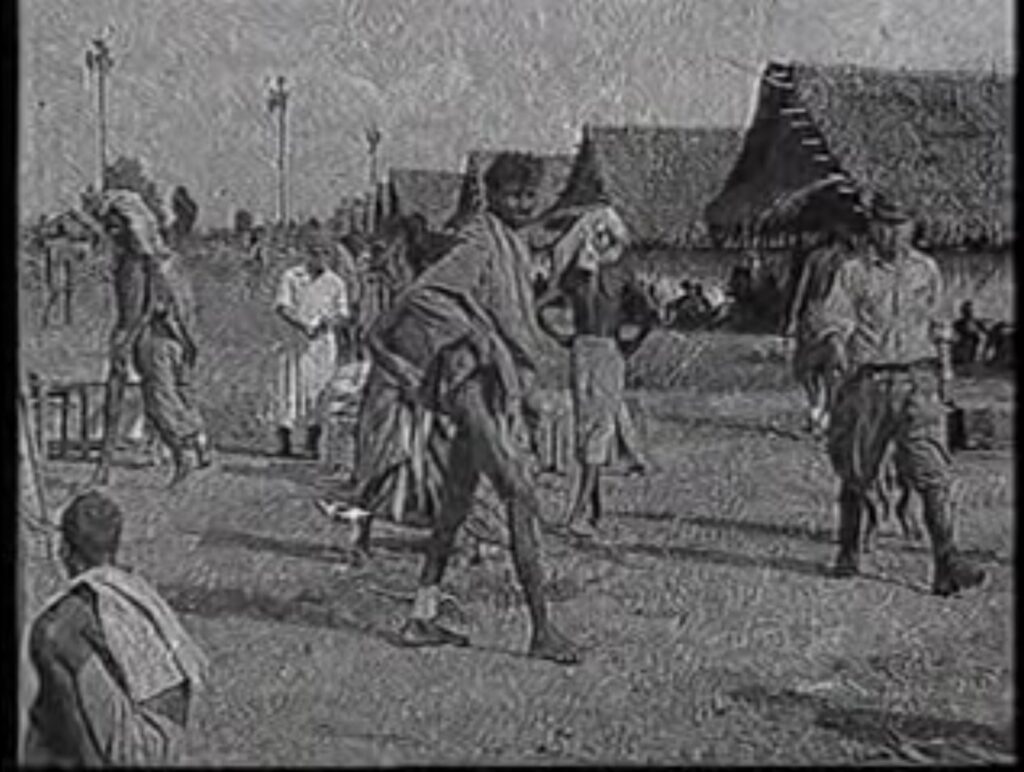
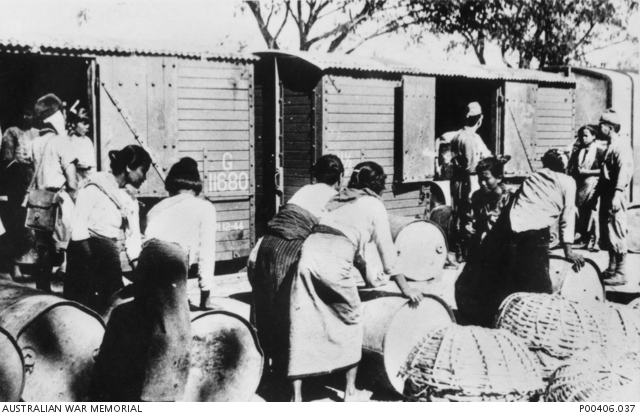
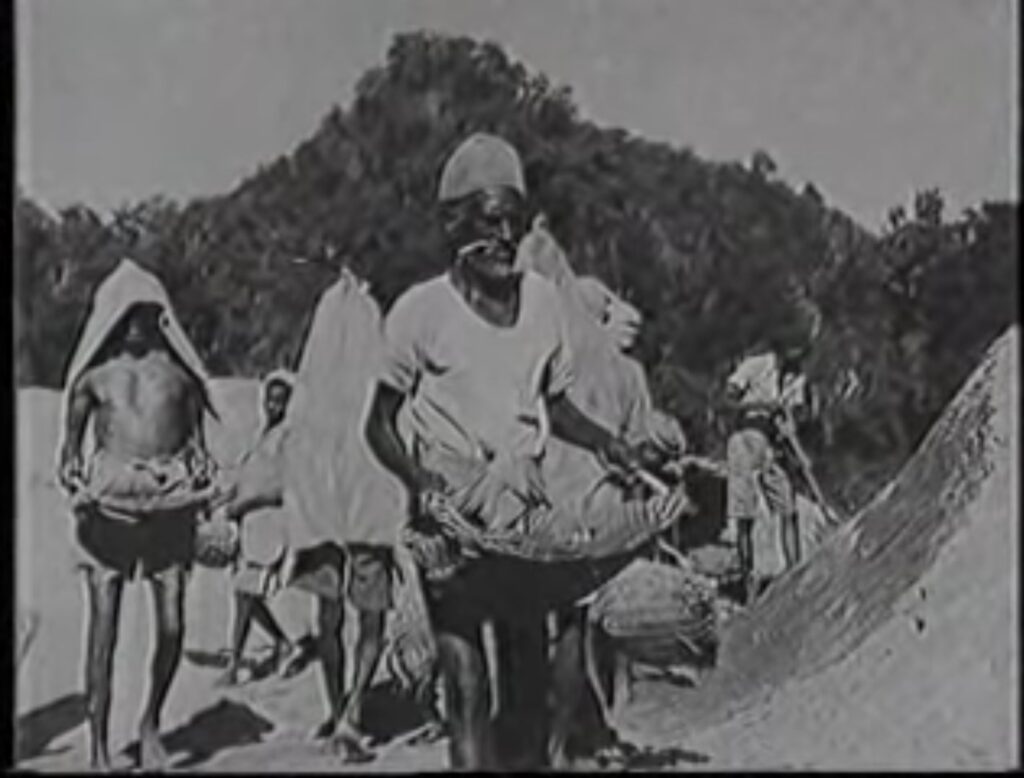
There is no question that the overall circumstances of the romusha was much worse than that of the Allied POWs. They were used to hard work, but under a benevolent system. The lack of any type of organization or discipline that existed among the POWs only worsened their plight. Within the POW camps, a percentage of the men were always assigned to mutual support activities such as cooking, cutting wood for fuel, maintaining the camp and digging latrines. The romusha never had such a support group. When POWs returned to camp at the end of a work period, there was always a meal and boiled water available to them. Not so for the romusha. As ineffective as it was, the POWs also had a built-in medical care system. The romusha had no understanding whatsoever of the various causes of disease or preventive measures to take. One of the most frequent observations made by the POWs who entered the romusha camps was the utter lack of any sanitation measures. Unfortunately, all too often the POW camp sites were downstream from the romusha housing areas, leading to contamination of the water source.
Again, the term ‘naked and afraid’ comes to mind. The death rate, to say nothing of the sheer level of suffering, was much worse among the romusha of whatever nationality or origin. There was also no one to account for their deaths or attend their remains. As per their culture, most were likely cremated. However, Allied POWs frequently describe coming across unburied corpses along the jungle trails. Once a camp was decimated, POWs would be sent in to dispose of the bodies. Especially if they were thought to have cholera, the IJA guards insisted that all be burned – even if they were not quite dead!
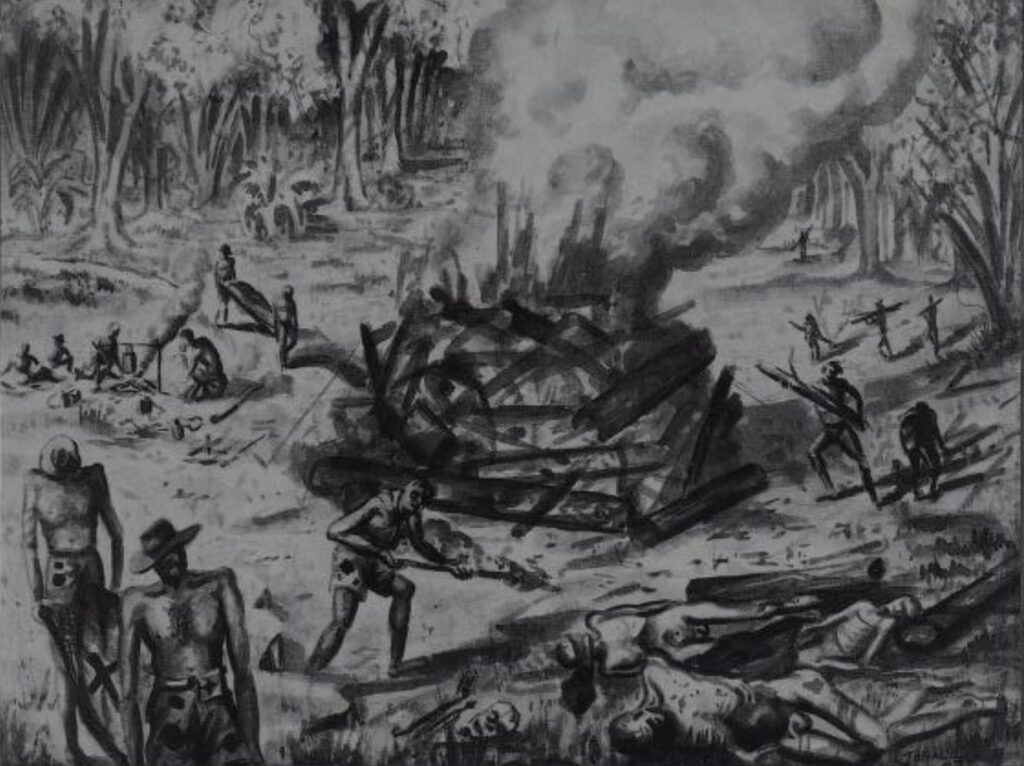
As if the horror of work and life in general among the romusha were not bad enough, there are tales of the exploitation and abuse of the accompanying women and children. Stories of cannibalism by the IJA are frequent enough to lend some credence such a horror actually occurring. Prof Boggett’s seminal work on the romusha story presents a number of such stories. Suicide among these people was seemingly not an uncommon occurrence. Dairy records by members of the K & L Forces sent to provide medical support to the romusha are too horrible to relate.
Anything we might have learned from the IJA records of these people was lost when all such records were destroyed in the immediate post-war period. When confronted with the fact that they maintained and preserved meticulous records of the Allied POWs but not the romusha, the Japanese simply stated that there were no international conventions that called for them to account for these ‘civilian workers’.
HOW many were there?
Just how many romusha were there working the TBR? This is perhaps one of the most difficult questions of all. The most oft quoted numbers are between 250 to 270 thousand. But it is important to analyze how such a figure was likely arrived at. We owe most of what we know about the romusha to the seminal work of Professor David Boggett and his series of articles on this topic from the early 2000s. He was seemingly the first scholar to make a serious attempt to pull together the disparate sources of information and survivor anecdotes to address the plight of the romusha.
If anything, the quarter of a million figure is quite likely an underestimate and the true number of all romusha is closer to twice that. First of all, that figure is most likely those who worked the Thai Sector of the TBR. It includes Tamil-Indians, ethnic Chinese and native Javanese as well as a small number of Aminese (Vietnamese). But it is unlikely that any romusha working in Burma were included in this figure. We have one quote that the initial number of Burmese delivered as part of what was called the “sweat army” in Burma, was 80,000. It is also well documented that there was a constant problem of desertion since many of these men were not far from their homes and could reasonably escape their work camps. This required the Burmese authorities to provide a constant flow of replacement workers; often from faraway parts of the country. So the newest best guess places the combined total of native Burmese and Hilltribesmen closer to 100,000 or more. The Mon tribe straddled the Thai-Burma border area and would have been prime targets for ‘conscription’ as construction proceeded eastward. Even that figure might still be low.
We also know that more romusha were employed beyond the TBR itself. In 1944, two other projects were instituted: the Kra Isthmus Railway and Mergui Road. It is thought that these two employed an additional 120,000 romusha. These almost certainly were mainly if not exclusively Tamil-Indians from Malaya. For the purposes of the IJA, the Tamils in Malaya presents two very disparate groups. The vast majority were coolies who had been imported generations earlier by the British from their homeland in southern India or Ceylon (Sri Lanka). Many of these were lured into the “service of the Emperor” by the promise of a better life in the north. But over those generations there were some who were plucked from plantation life and trained as technicians. One such group worked the British-built Railway in Malaya. Although their numbers would have been small, there were highly recruited by the IJA to help operate these new rail links.
Trying to break down the uncertain total number of romusha presents a new set of variables. We are certain that ethnic Chinese from both Malaya and Singapore were included in the TBR workers, but trying to enumerate how many is nearly impossible. Part of this is due to the inconsistency and non-specificity of the terms used. One count or estimate may state Chinese with no regard to place of origin. Another may state Malays with no mention of ethnicity. It is also thought that Malay-Chinese were specifically targeted to the 1944 Mergui Road project.
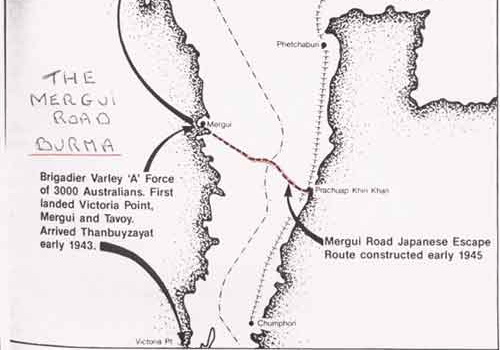
There is even evidence that there were refugees of Chinese ethnicity who were evacuated from northern Thailand. These are said to have included people from both China and Thailand. After arriving in the Bangkok area, they were recruited to work the TBR. These may very well have made up a large portion of the workforce otherwise identified as Thai who built the initial 50 Kms to Kanchanaburi. Other accounts of these refugees throw some doubt on their inclusion concerning the date of their arrival from the north. These have them arriving too late to have participated in the SEP-NOV 42 early build. One estimate places the number of Thais who performed this task at 5,000; with an additional 700 employed by the IJA at the Kanchanaburi HQ. Since they were indeed employed on the TBR, they would technically be counted among the romusha, but the conditions and circumstances of their involvement were far better that those who arrived later from the south.
We have written evidence of their presence via the inscription at the 1944 Japanese shrine to those who died “in the serve of the Emperor”: “A memorial to the spirits of the Vietnamese romusha who died constructing the Thai-Burma Railway.” Yet we know almost nothing about this group who are generally described as Aminese. Why, how and when they came to be shipped westward to Kanchanaburi remains a mystery. This is compounded by IJA accounts of employing thousands of these Annamese [sic] to build air fields in French-IndoChina in preparation for the invasion of Malaya. The Australian ANZACportal website suggests that there may have been as few as 200 of this ethnic minority sent to the TBR. A variety of other sources cite that figure as 600. No one will ever likely know the truth.
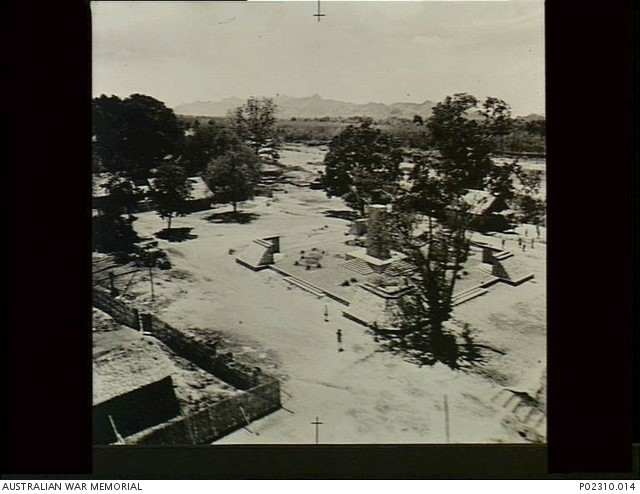
Another group cited at the same Japanese shrine are Javanese. The single most reliable source for their presence in Thailand is AUS LtCol E.E. “Weary” Dunlop. He notes in his diary that he spoke with a group of Javanese as they passed through his camp in the Hintok area en route west to their assigned work camp. Dunlop’s medical unit was captured on the island of Java, so he would could hardly be mistaken when identifying them as Javanese. What he doesn’t mention is their status. Were they civilians or military? A large part of the Dutch Army in the DEI were native Javanese conscripts. But we also have reasonable documentation that thousands of Javanese civilians were exported to many places across SEA. So they might have been either. No actual estimates exist of the full numbers involved.
Prof Boggett may have been the first person to posit that the full number of romusha impressed by the Japanese (on all the projects in Thailand and Burma) may very well be closer to 500,000 than the oft quoted 250,000. Given that the Burmese were likely not included in that figure, the full number for the TBR alone likely approached 300,000.
One reason these figures will never be known is that we have IJA and other eye witness testimony that in the days immediately post-surrender the IJA were ordered to burn all records relating to the involvement of the romusha on the TBR. Apparently they were quite efficient in accomplishing this. There is only one report of an IJA clerk offering an AUS officer a copy of a report on numbers of romusha. But since this was a fragmentary, regional report covering a short period of time, it proved to be useless in estimating the true extent of romusha involvement. Another fragmentary IFA document mentions 100,000 Javanese as being sent to work the TBR. How many actually arrived is unknown.
As to the death toll among this unfortunate group, again we can only make guesses. Compared to the toll among the Allied POWs which was in the 20-25% range, the romusha are estimated to have fallen at double that rate. They are blamed as the source of the cholera outbreak that decimated F Force in May-June 43 and it is thought that if the POW rate was 40%, that among the romusha in the area probably exceeded 50%! Overall, the generally accepted rate for romusha deaths is set at 40%. Many of these died in Kanchanaburi following TBR completion. The establishment of the Nakorn Pathom hospital for the POWs saved many lives. The romusha were afforded no such care. It is also important to note that most POWs were evacuated within weeks of the end of the war. The romusha languished on in these camps. Even though their care and feed improved greatly when Thai authorizes took control of their camps, they continued to die and be buried in Kanchanaburi well into 1947!
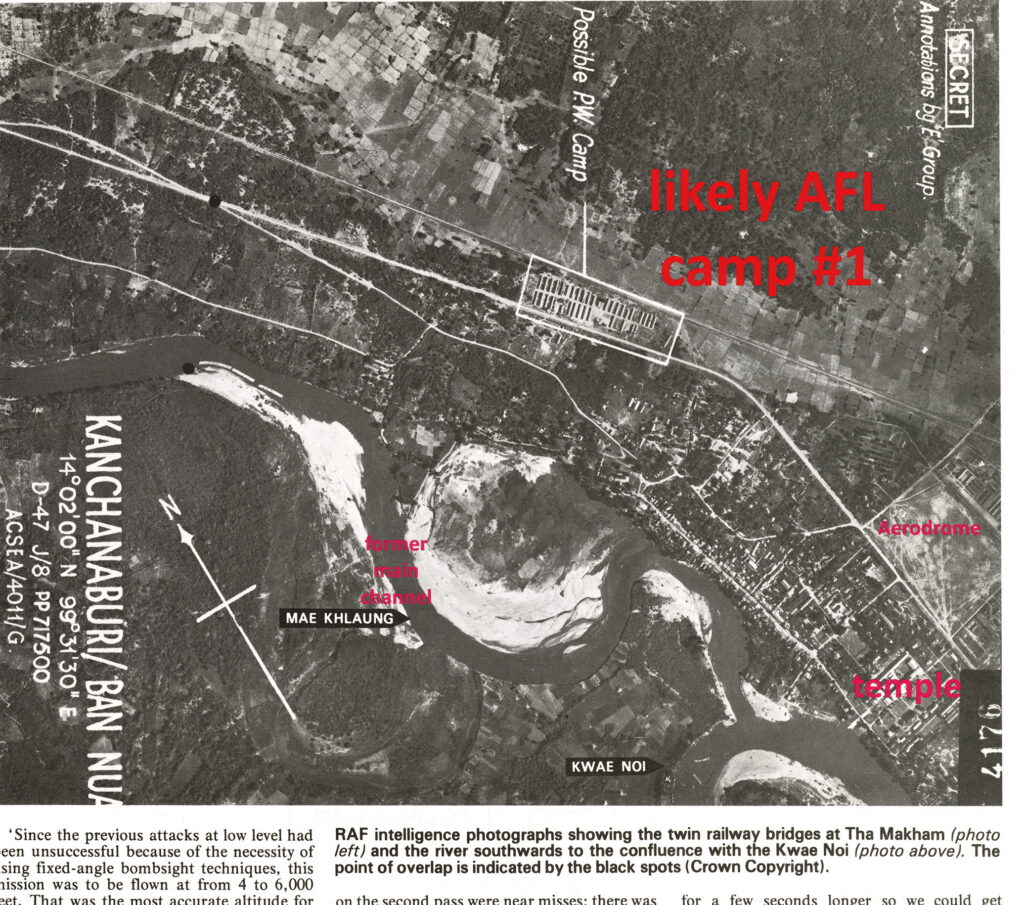
We will never know their names.
We will never know how many nor exactly where they came from.
We can, however, try to tell their story so that they will never be forgotten.
